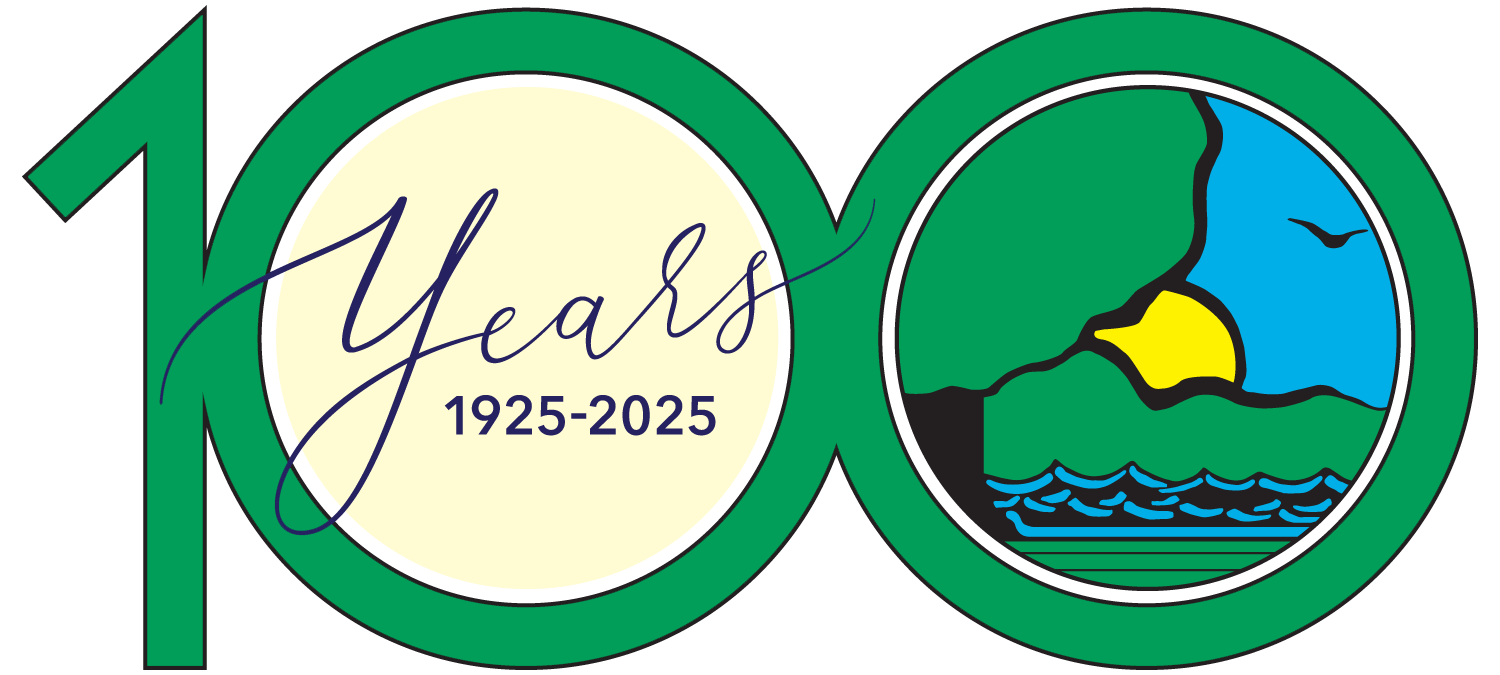
Courtesy of Ducks Unlimited.



Courtesy of Ducks Unlimited.
The Illinois Department of Natural Resources’ (IDNR) Division of Wildlife Resources administers four special grant programs that are funded by Illinois outdoorsmen and women through the purchase of Habitat Stamps and Migratory Waterfowl Stamps. These are the Illinois Habitat Fund, State Pheasant Fund, State Furbearer Fund and the Migratory Waterfowl Stamp Fund. Together, these programs are designed to protect, acquire, enhance or manage wildlife habitat and to support limited research and educational programs to further advance this mission, which is specified in statute for each fund.
Annually, 50 percent of the funds derived from the Illinois Migratory Waterfowl Stamp are allocated to appropriate not-for-profit organizations, such as those working on the development of waterfowl propagation areas within Canada or the United States. The importance of supporting programs selected for funding outside Illinois comes to light considering that about 90 percent of the ducks harvested annually in North America occurs in the U.S., but about 70 percent of the birds were produced in the traditional waterfowl breeding grounds in the Prairie Pothole Region (PPR) of Canada.

The PPR has significant importance to the annual duck harvest in Illinois. According to Randy Smith, Illinois Department of Natural Resources (IDNR) Wetland Wildlife Program Manager, nearly 21 percent of the waterfowl bands recovered by Illinois hunters were from birds produced in Saskatchewan and 14 percent were from birds produced in Manitoba. Overall, 86.8 percent of the banded birds harvested in Illinois were produced in Saskatchewan, Manitoba, Ontario, North Dakota, Minnesota and Wisconsin.
The Illinois Migratory Waterfowl Stamp Committee recently reviewed applications for such non-profit projects considering criteria such as location, habitat quality, overall value and how Illinois stamp funds will be leveraged and recommended that the IDNR Director approve three projects. An important note for this round of funding is that dollar amounts available and awarded were substantially greater than in most years. Because of the budget impasse from 2015-2018, funds were not distributed to Canada breeding areas in those years. However, IDNR distributed them this year, increasing the total funding available, from about $500,000 annually to $2 million, while ensuring the funds are used for their intended purpose. For additional details on the process read Illinois Duck Stamp Fund Benefits Prairie Pothole Region of Canada.
Three PPR waterfowl habitat conservation projects were selected, and approved, for the latest round of grants.
Ducks Unlimited, Inc. Waterfowl Habitat Conservation in the Prairie Pothole Region of Saskatchewan, $1,410,000

The focus for Ducks Unlimited, Inc. (DU) in Saskatchewan continues to be the protection and restoration of small prairie wetlands and upland nesting cover using land acquisition and conservation easements, agricultural extension programs to add nesting cover and/or improve wetland conditions, and the promotion of the economic benefits of waterfowl-friendly agricultural practices. The target area contains more than 1 million wetlands, including more than 350 DU Canada wetland projects. The program goal is to support a minimum long-term average of 30 pairs of breeding ducks (mallard, pintail, shoveler, gadwall, blue-winged teal, canvasback and redhead) per square mile.
Under the Illinois partnership grant, the $1.41 million allocated for Saskatchewan will be leveraged by DU and North American Wetlands Conservation Act (NAWCA) funds to retain 5,493 acres of habitat, restore 142 acres of wetlands, restore 4,890 acres of upland habitat and provide habitat asset management on 369,414 acres.
Ducks Unlimited, Inc. Manitoba Waterfowl Habitat Conservation Project, $289,100

The target areas in Manitoba are unique recessional moraine landforms that make the landscape productive for waterfowl. During wet years these highly productive wetlands, in concert with abundant grasslands, collectively contribute to some of the best waterfowl habitat in the Prairie Pothole Region. The future of the northern pintail, mallard and other species hinges on the protection and recovery of the area through broad grassland restoration programs and positive agricultural policy advancements.
Under the Illinois partnership grant, the $289,100 allocated for Manitoba will be leveraged by DU and NAWCA funds to retain 975 acres of habitat, restore 14 acres of wetlands, restore 1,852 acres of upland habitat and provide habitat asset management on 80,325 acres.
Delta Waterfowl Foundation, Manitoba Waterfowl Habitat Conservation Project, $300,000
Wetland loss in Manitoba continues to be driven by agriculture, with losses a significant contributor to the reduction of the waterfowl carrying capacity in the Prairie Pothole Region. The Illinois contribution will be matched with funds from Delta Waterfowl, NAWCA, Environment and Climate Change Canada and Manitoba Habitat Heritage Corporation.
Under the grant, Delta will perpetually protect 1,670 acres of waterfowl habitat within the key waterfowl breeding areas of Manitoba, with 687 of the acres secured directly through the Illinois Duck Stamp funds. Complementing the work, Hen Houses will be installed on approximately 1,328 acres and 18 acres of wetland habitat will be restored.
Kathy Andrews Wright retired from the Illinois Department of Natural Resources where she was editor of OutdoorIllinois magazine. She is currently the editor of OutdoorIllinois Journal.
Submit a question for the author